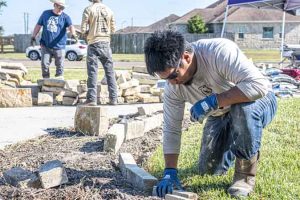Navigating Blood Drawing Labs: What to Expect and How to Prepare
2 min read
Introduction: Blood drawing labs, also known as phlebotomy labs or blood collection centers, play a crucial role in healthcare by collecting blood samples for various diagnostic tests. Despite their importance, many people feel anxious or uncertain about visiting these labs. In this blog, we’ll demystify the process of visiting blood drawing labs, discussing what to expect and how to prepare for your appointment.
Understanding the Importance of Blood Drawing Labs: Blood drawing labs serve as pivotal points in the healthcare system, providing vital information for diagnosing and managing medical conditions. From routine blood tests to specialized screenings, these labs facilitate the collection of blood samples that enable healthcare professionals to assess your health, monitor conditions, and tailor treatment plans accordingly.
What to Expect During Your Visit:
- Check-In: Upon arrival at the blood drawing lab, you’ll typically check in at the front desk. Be prepared to provide your identification and any necessary paperwork, such as a doctor’s requisition form.
- Waiting Area: After checking in, you may be asked to wait in a designated area until a phlebotomist is ready to see you. Use this time to relax and mentally prepare for the procedure.
- Blood Collection: When it’s your turn, a phlebotomist will escort you to a private area where they will draw your blood. They will clean the site, insert a needle into a vein (usually in your arm), and collect the necessary amount of blood into specialized tubes.
- Post-Collection Care: Once the blood draw is complete, the phlebotomist will apply pressure to the puncture site and may place a bandage over it. You’ll be given instructions on post-collection care, such as keeping the site clean and avoiding strenuous activities.
Tips for Preparation:
- Stay Hydrated: Drinking plenty of water before your appointment can help plump up your veins, making them easier to find for the phlebotomist.
- Inform the Phlebotomist: If you have a history of difficult blood draws or medical conditions that may affect the procedure, don’t hesitate to communicate this information to the phlebotomist.
- Wear Comfortable Clothing: Opt for loose-fitting sleeves that can be easily rolled up to expose your arm for the blood draw.
- Relaxation Techniques: If you’re nervous about the blood draw, practice relaxation techniques such as deep breathing or listening to calming music to help ease anxiety.
Conclusion:




